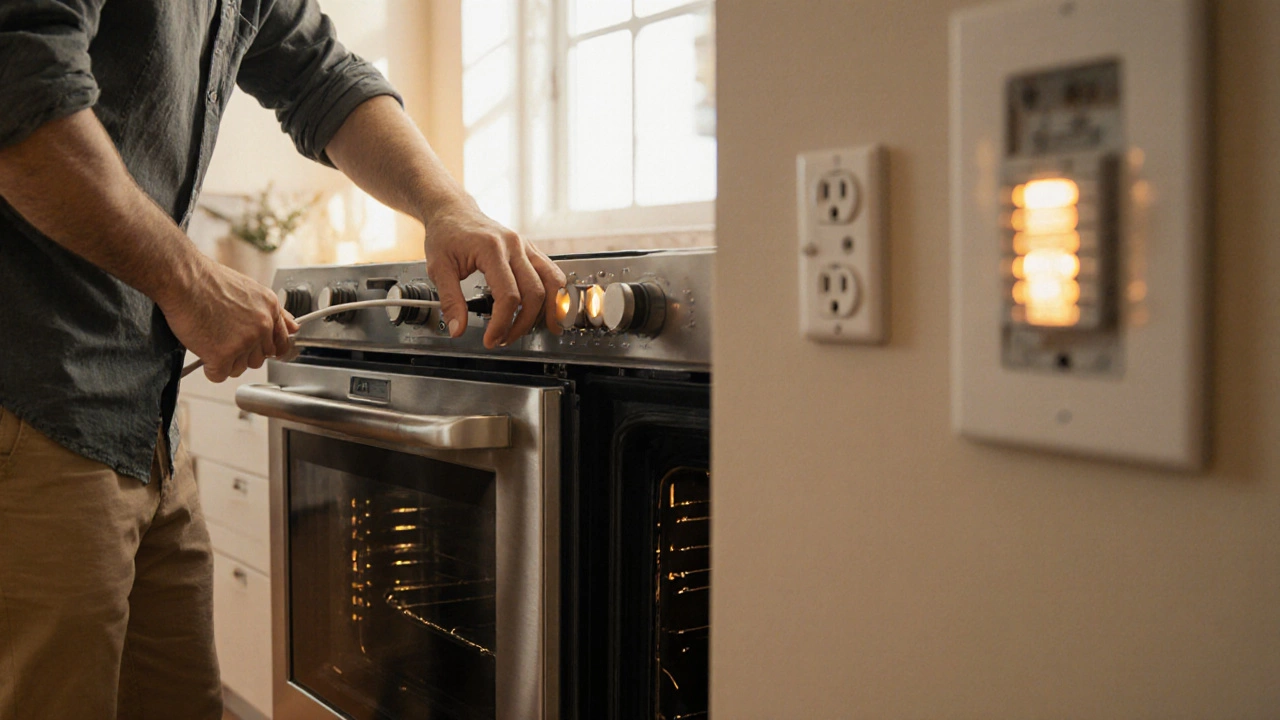Heating Element Failure – What It Means and How to Fix It
When dealing with heating element failure, the loss of heat generation in an appliance’s core component. Also known as element breakdown, it encompasses the failure of oven heating elements, electric hob elements, and water‑heater coils, and it requires proper diagnosis before any repair. In short, a broken element stops the appliance from heating, which can leave you with cold meals, lukewarm showers, or a dryer that never bakes. Understanding why this happens saves you time, money, and the headache of repeated calls to a technician.
Common Symptoms of Heating Element Failure
First sign is usually a noticeable drop in temperature. An oven that takes forever to preheat, a hob that shows no red glow, or a water heater that sputters cold water are classic clues. You may also hear a buzzing sound as the element tries to work, or see visible cracks or discoloration on the coil. These symptoms signal that the element’s resistance has shifted, often due to mineral buildup, worn‑out wiring, or simple wear and tear.
One of the most frequent culprits is the oven heating element, a metal coil that converts electricity into radiant heat inside the oven cavity. It usually runs at 240 V and can last 8‑12 years under normal use. When water hardness is high, mineral deposits act like insulation, forcing the element to overheat and eventually fracture. Replacing an oven heating element typically costs between £50‑£150 for parts, plus labour if you’re not comfortable working with live wires. DIY swaps are doable with a screwdriver, multimeter, and a bit of patience, but safety is key – always disconnect power before you start.
The electric hob element, the flat‑surface coil that heats pans on a stovetop shares many of the same failure modes. Because hobs sit under heavy cookware, repeated pressure can loosen contacts, and spilled food can corrode the terminals. A burnt‑out coil shows as a dark spot or no heat at all, while a partially failing element may heat unevenly, leaving one side of the pan cooler than the other. Prices for hob elements range from £30‑£80, and most manufacturers provide step‑by‑step guides that walk you through removing the glass top, disconnecting the element, and testing continuity with a multimeter.
Water heaters have a water heater element, a submerged coil that heats the water inside the tank and is prone to scaling in hard‑water areas. A failing element often triggers the reset button on the thermostat, or causes the heater to cycle on and off without warming the water. Checking the element’s resistance with an ohmmeter can confirm a short or an open circuit. Replacement parts are usually sold as a set with the thermostat for around £60‑£120, and many plumbers recommend swapping both at the same time to avoid future breakdowns.
When the problem isn’t obvious or you lack the tools, calling a professional appliance repair service is the smartest move. A qualified technician can quickly identify whether the element itself is at fault or if the issue lies in the wiring, control board, or safety switches. They also have access to OEM parts that fit your exact model, reducing the risk of compatibility problems. Regular maintenance – like flushing a water heater to remove sediment or cleaning the oven cavity – can extend element life and keep performance steady.
Below you’ll find a curated set of articles that walk through each of these scenarios in detail. From step‑by‑step replacement guides for ovens, hobs and water heaters, to tips on when to call a pro, the collection gives you the knowledge to tackle heating element failure head‑on and keep your home running warm and efficient.
Why Your Electric Oven Stopped Working and How to Fix It
0 Comments
Learn why your electric oven stopped heating, diagnose power, element, thermostat, and control board issues, and know when to repair yourself or call a pro.
Read More